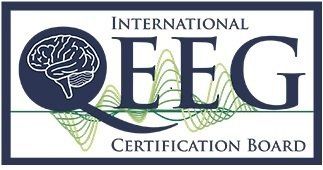JEWEL VIDEO OPERATION MANUAL (Click on links below to watch a video)
- Step-by-Step Manual: How to use the NEW Clinician report
- Jewel Introduction and comparison with other DBs.
- Evaluating a client and tracking training progress.
- Setting up and acquiring QEEG data with filters
- Recognizing and avoiding Unfiltered recordings
- Editing and analyzing acquired QEEG data: The 3 steps
- Second Editing demo: Primary editing skills
- Loading analyzed data into Jewel Video also includes:
- Selecting symptoms to create reports
- Editing reports to be saved in client’s folder.
- Creating protocol for BrainAvatar from symptoms or the Knowledge Base
- Using the Knowledge base to learn about symptoms and to create protocols for BrainAvatar with the 10-20 Head
- Comparing two recordings (TBA)
- Review of Jewel operation with Freedom 10
- Creating mini brain maps with Atlantis (TBA)
What do they mean and how can they be prevented?
The following files can be found in the Knowledge base (Utilities Tab)
First: make sure Jewel's review file is used when editing data.
(19 CH Jewel Report and QEEGPro Review.bdb2)
Also, make sure that data are acquired with filters!
(19 Discovery Hi Res -No Limit QEEG Assessment- Imp Lid - Filters.bdb2)
TIPS AND REMINDERS:
1. Always acquire QEEG data with filters (see the Utilities Tab in Jewel's Knowledge base):
For example Discovery users employ: 19 Discovery Hi Res -No Limit QEEG Assessment- Imp Lid - Filters
2. NEVER press the SPACE BAR when recording EEG DATA
3. WHEN EDITING make sure you are in the CLIENT'S QEEG FOLDER
4. WHEN EDITING make sure that all epoch selections are GREATER THAN ONE SECOND
5. WHEN EDITING do not OVERLAP EPOCH SELECTIONS
6. WHEN ANALYZING CHECK: "THE WHOLE FILE" AND "ONLY THE SELECTIONS MARKED GOOD"
7. WHEN ANALYZING make sure the AGE AND EYES CONDITION ARE CORRECT
8. WHEN ANALYZING make sure you have CLICKED "EXCEL XML"


